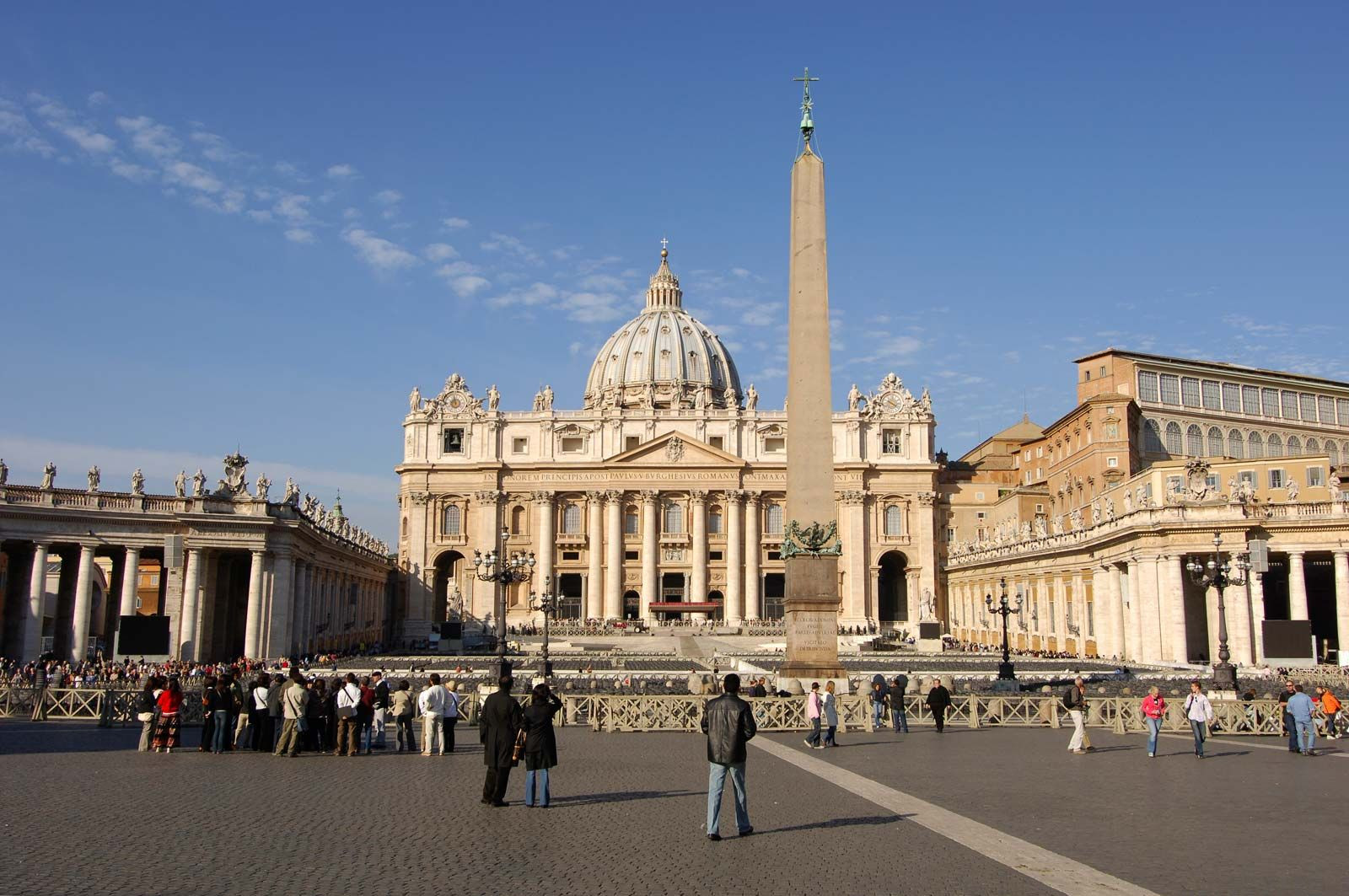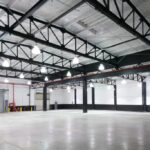Vatican City, a name synonymous with the Roman Catholic Church and steeped in history, often sparks a fundamental question: Where Is The Vatican located? This isn’t just a matter of geography; understanding the Vatican’s location is key to appreciating its unique status as the world’s smallest country and the spiritual center for over a billion Catholics globally.
Nestled within the bustling city of Rome, Italy, Vatican City is an independent enclave, a nation-state entirely surrounded by another country. Specifically, it sits on the west bank of the Tiber River, close to Rome’s historic center. While seemingly a part of Rome, Vatican City operates as a sovereign entity, with its own laws, postal system, and even a dedicated army – the Swiss Guard.
 Aerial view of Vatican City, Rome, Italy, showcasing its location within the city.
Aerial view of Vatican City, Rome, Italy, showcasing its location within the city.
The boundaries of Vatican City are largely defined by its medieval and Renaissance walls, remnants of fortifications built centuries ago. However, on its southeastern side, Vatican City opens into St. Peter’s Square (Piazza San Pietro), a vast and iconic public space that seamlessly blends the two entities of Vatican City and Rome. Of the six entrances into Vatican City, only three are publicly accessible: St. Peter’s Square itself, the Arco delle Campane (Arch of the Bells) leading into St. Peter’s Basilica, and the entrance to the renowned Vatican Museums and Galleries situated on the northern wall.
A History of Sovereignty in the Heart of Rome
The Vatican’s unique location and independent status are deeply rooted in history. For centuries, the Vatican held significant territories around Rome, forming the Papal States. However, with the unification of Italy in the 19th century, these territories were gradually absorbed. The modern Vatican City State came into existence in 1929 through the Lateran Treaty signed with the Italian government. This treaty formally recognized Vatican City as an independent sovereign state, ensuring the Pope’s autonomy and freedom to exercise his spiritual leadership without being subject to any earthly power.
This sovereignty is vested in the Pope, who, as the head of the Roman Catholic Church, holds absolute executive, legislative, and judicial authority within Vatican City. While the Pope delegates routine administration to a commission of cardinals, his authority remains supreme. The Holy See, the government of the Roman Catholic Church, is also located within Vatican City, further solidifying its position as the central governing body for Catholics worldwide.
More Than Just a Location: Unique Features of Vatican City
Despite its diminutive size – a mere 0.44 square kilometers (0.17 square miles) – Vatican City operates with all the functionalities of a nation-state. It boasts its own telephone system, post office, astronomical observatory, radio station, banking system, and pharmacy. Notably, the Swiss Guard, a ceremonial yet dedicated military corps, has been responsible for the Pope’s personal safety since 1506, adding to the distinct character of this unique enclave.
Almost all essential supplies, including food, water, and energy, are imported into Vatican City. Interestingly, there is no income tax within the Vatican, and financial operations have been publicly reported since the 1980s, reflecting a commitment to transparency. The Vatican’s economy is supported by contributions from Catholics globally, investment income, and revenue from tourism, stamps, coins, and publications.
A World Center of Culture and Faith
Beyond its geographical and political significance, Vatican City is a global epicenter of culture and religious importance. St. Peter’s Basilica, a magnificent structure built upon the tomb of St. Peter the Apostle, stands as the centerpiece of Vatican City and one of the largest and most revered religious buildings in Christendom. The Vatican Palace serves as the Pope’s residence within the city walls, further emphasizing its central role in the Catholic faith.
The Vatican Museums and Galleries are a treasure trove of art and history, attracting millions of visitors annually. The Sistine Chapel, adorned with Michelangelo’s breathtaking frescoes, is perhaps the most famous artistic masterpiece within Vatican City. The Vatican Apostolic Library houses an invaluable collection of ancient manuscripts and books, preserving knowledge from pre-Christian and early Christian eras. Furthermore, the Vatican’s influential newspaper, L’Osservatore Romano, and its radio and television broadcasts reach audiences worldwide, disseminating news and perspectives from the heart of the Catholic Church.
 Flag of Vatican City, the symbol of the Holy See, flying proudly in Vatican City.
Flag of Vatican City, the symbol of the Holy See, flying proudly in Vatican City.
Designated a UNESCO World Heritage site in 1984, Vatican City stands as a testament to history, faith, and culture. Understanding where the Vatican is reveals not just a pinpoint on a map, but the location of a truly unique entity – a sovereign nation, a spiritual capital, and a world-renowned cultural landmark, all contained within the city of Rome.

 St. Peter's Basilica, Vatican City, a major pilgrimage site and architectural marvel, located within Vatican City.
St. Peter's Basilica, Vatican City, a major pilgrimage site and architectural marvel, located within Vatican City.